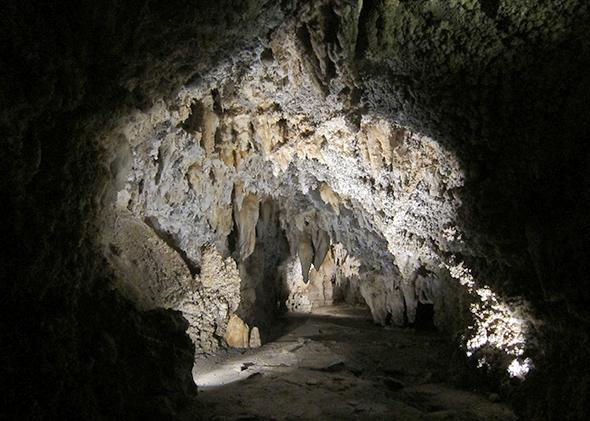As recently as a few years ago, companies wanting to undertake extremely risky, ambitious, never-been-done energy projects—a 290 megawatt utility-scale solar plant in the California desert, for example, or an all-electric sports car—had one big option: to get direct support from the government through the controversial Energy Department Loan Program.
But thanks in part to the success of that program, renewable energy and low- and no-carbon ventures have quickly become big business. While many of them still rely on indirect government support, in the form of tax credits for energy producers and purchasers of electric vehicles, the private sector is increasingly the funder of energy-related moonshots.
Earlier this year, the Southern California Public Power Authority issued a request for proposals, asking interested parties “to supply the Los Angeles area with renewable energy and electricity storage.” Pathfinder Renewable Wind Energy proposed constructing a massive 2.1-gigawatt wind farm in Wyoming. Because the wind doesn’t always blow reliably, in this scenario, Pathfinder and three other companies would also construct a large compressed air energy storage, or CAES, facility about 500 miles away in Utah. The idea is to use wind power to push highly pressurized air into underground caverns; when the wind subsides, the air is released and mixed with natural gas to generate a large amount of low-carbon electricity—transforming an intermittent source of energy into something more like a perpetual one. To link the wind farm and the storage facility, Duke-American Transmission Co. would construct hundreds of miles of transmission lines. Here’s a video about it:
“This project would be the 21st century’s Hoover Dam—a landmark of the clean energy revolution,” said Jeff Meyer, managing partner of Pathfinder Renewable Wind Energy. But there’s one big difference. The Hoover Dam was a public works project; the federal government contracted directly with companies to build it. This wind farm is private.
This is a truly expensive, risky, and Brobdingnagian plan. In total, it represents $8 billion in investment. (To put it in perspective, the seven largest U.S. railroads plan to invest about $17.5 billion for all of 2014 to improve their networks.) Yet even though the project is speculative and involves unproven technologies, the partners aren’t asking the government to fund it.
Pathfinder’s proposed $4 billion, 2.1-gigawatt wind farm, which would be built near Chugwater, Wyoming, would be nearly twice the size of America’s largest wind farm, Alta Wind, which is now owned by NRG. But Pathfinder isn’t seeking federal funds to back construction (not yet, anyway). The company also isn’t counting on the revival and extension of the federal wind energy tax credit, which expired at the end of last year. The storage component of this project is similarly ambitious, because of the plan to construct a CAES plant in giant underground caverns in Utah—after all, CAES is still a somewhat experimental form of energy storage.
At the moment, there are only two small CAES plants operating in the world: a 110-megawatt plant in Alabama and a 290-megawatt plant in northwestern Germany. Magnum Energy, with financial backing from Pathfinder and Dresser-Rand, is proposing to spend $1.5 billion to build a 1.2-gigawatt plant. That’s 10 times the size of the plant in Alabama, and about the size of a large nuclear power plant.
Since the locations where the power is generated, stored, and used are so far apart, the project would require a significant amount of infrastructure investment. Duke-American Transmission said it will build a 525-mile high-voltage line connecting the wind farm in Wyoming to the CAES plant in Utah. The cost: $2.6 billion. A separate line would have to be constructed from Utah to Los Angeles. Again, financing would come from private sources.
Now, this project may not materialize. Thanks to the boom in renewable energy, there are plenty of other players that are capable of providing large amounts of renewable electricity to Los Angeles. And the capital markets can be fickle when it comes to financing very large projects.
Even so, this proposal represents an important milestone. Until recently—i.e., pre-2008—renewable energy projects of great size and scope simply didn’t happen in this country. Solar and wind were essentially cottage industries. Since 2008, we’ve seen several large projects appear on the landscape: 250-megawatt solar plants, 400-megawatt wind farms. But many of them were only initiated because the government was willing to provide the capital or to guarantee loans. We’ve witnessed a sea change in just a few years. It is now routine for the private sector to back large-scale renewable energy plans. And companies are now offering to fund truly massive, ambitious, experimental plans on their own. Ten years ago, the prospect of private companies creating electricity from a 2.1-gigawatt wind farm in Wyoming and storing it for a period in underground caves in Utah before sending it to Los Angeles would have seemed an insane proposition. Now, it’s just another press release.
